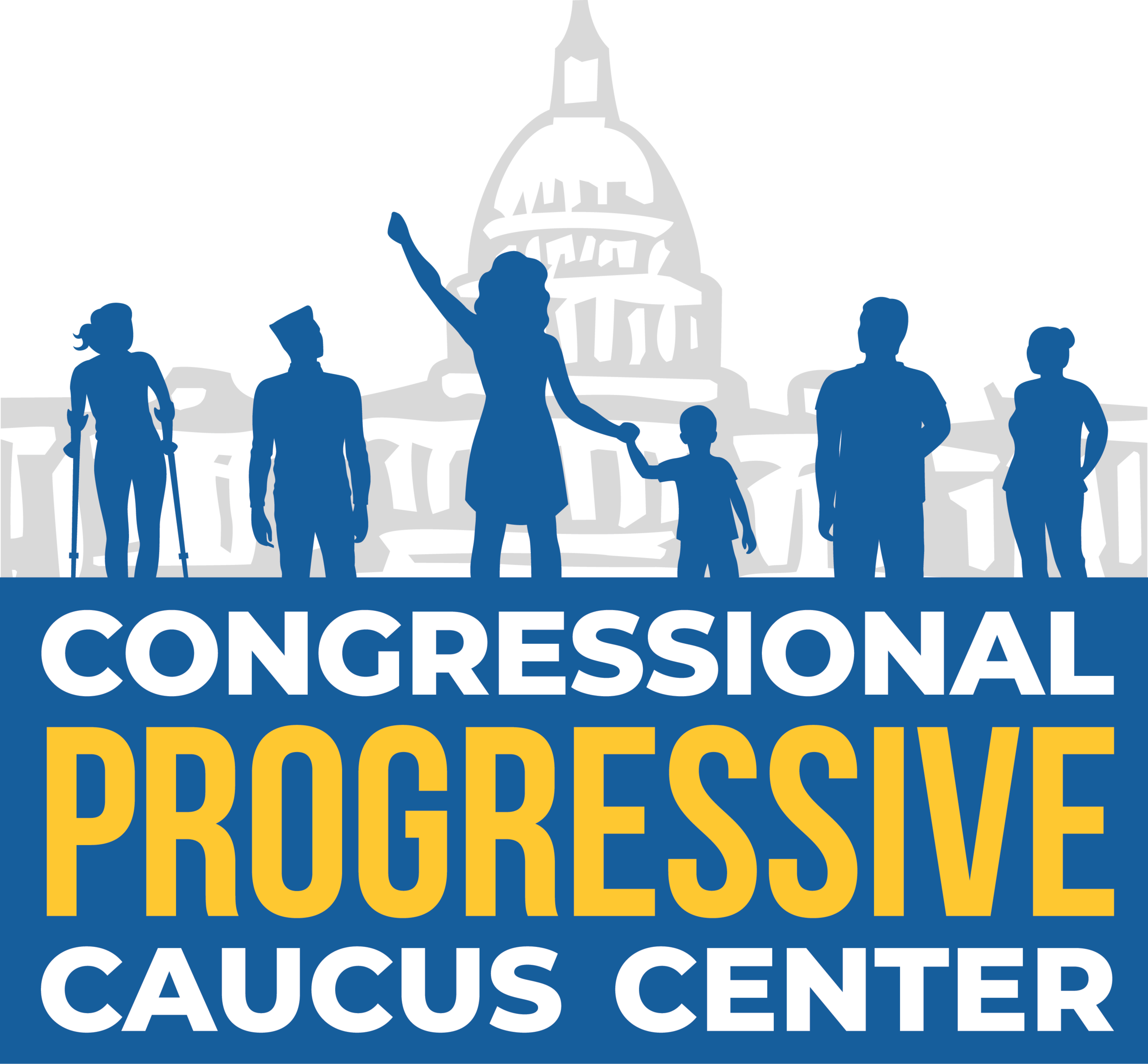January 10, 2025: One or two reconciliation bills—and why does it matter?
Debates have been playing out in the media about whether Republicans in Congress will enact their agenda through one reconciliation bill or two. Below, I break down why this debate is happening and its implications. For a deeper dive into the reconciliation process, check out The Basics of Budget Reconciliation, our explainer co-authored with Indivisible and the National Women’s Law Center!
Why is this debate on one reconciliation bill vs. two happening now?
This conversation is happening now because the GOP must make that decision before they can advance to even the first step in the reconciliation process: passing a budget resolution. The budget resolution that kicks off reconciliation does two critical things:
It directs specific House and Senate committees to write parts of the reconciliation bill, and
It tells each of those committees how much to change government spending or revenue.
In telling specific committees to write parts of the bill, that budget resolution is defining the universe of topics the bill can cover. The final bill is onlygoing to include policies that fall under those committees’ jurisdiction.
For example: let’s say you want to use reconciliation to change the Child Tax Credit. The House Ways and Means Committee and Senate Finance Committee have jurisdiction over that issue. Therefore, the budget resolution teeing up the reconciliation process must tell House Ways and Means and Senate Finance to write part of the reconciliation package. If those committees aren’t named, the package can’t touch the Child Tax Credit.
So, if Republicans are just going to do one reconciliation package, their budget resolution must name all the committees that cover the issues they might want to touch on in that package and tell those committees how much to change spending or revenue.
If you’re doing two bills, though, you can write a narrower budget resolution that leaves out all the committees that cover issues you want to tackle in package number two (a second budget resolution will give those instructions).
Why is this debate on one reconciliation bill vs. two happening now?
Reporting indicates that Speaker Johnson wants to do one reconciliation bill, while Senate Majority Leader Thune wants to do two. President-elect Trump has vacillated between preferring one bill and not having a strong preference.
Let’s start with the argument for one bill: it’s about the math in the House.
Republicans currently have 219 House seats and need 218 votes to pass bills. That majority will get smaller if/when Reps. Elise Stefanik (R-NY) and Michael Waltz (R-FL) join the Cabinet. Then there could be unanticipated absences (e.g., in the event of member illness or death). So, Speaker Johnson cannot guarantee he’ll have a workable majority by the time a second reconciliation bill is ready to move.
The Speaker may have a hard enough time with the majority he has now, even before there are new vacancies. The Speaker initially fell two votes shy of even being elected to his post, despite the President-elect’s endorsement. Whether House Republicans can stay united behind one bill will be an open question, let alone two.
Why would the majority want to do two reconciliation bills?
One bill will take a long time. Regarding that budget resolution I described, one big bill means telling more committees to put together parts of this package, after which all of those committees are going to have to write their pieces and then hold markups to approve them.
The Speaker says he wants this package to the President’s desk by April, or May at the latest. Is that possible, technically? Yes. The American Rescue Plan was very broad and moved via reconciliation, and President Biden signed that into law on March 11, 2021, less than two months into his term. However, peak pandemic circumstances and communities’ urgent need for relief may have helped speed things along.
So what if this takes a long time? First: a lot of the tax provisions the GOP wants to renew via reconciliation expire at the end of this year. Second: sometimes, big legislative efforts age like milk. The more time it takes to put this package together, the more time reporters and analysts have to dissect its impacts and share that information with the public.
From a transparency standpoint, letting that sun shine in is a good thing! But if you’re trying to get this package over the finish line, you don’t want that milk sitting out too long—and at the risk of really forcing this metaphor, you definitely don’t want that milk sitting out in the sun.
For example: when Republicans tried to repeal the Affordable Care Act in 2017, the budget resolution that kicked off that process had passed both the House and Senate by January 13, 2017, before President Trump was even inaugurated. The Senate vote that finally sunk that effort was on July 28. The public spent more than six months hearing about how ACA repeal would affect them—and letting Congress know how they felt about those consequences.
Contrast ACA repeal with the Tax Cuts and Jobs Act of 2017. The budget resolution that kicked off that reconciliation process was through the House and Senate by October 26, 2017. President Trump signed the final package into law on December 22, less than two months later.
If Republicans decide speed is of the essence—and the example above would indicate that it is—they’ll likely go with two bills.
We’ll continue to share updates on this process. Folks can find our previous Unrig the Rules updates and sign up for future ones here.
We appreciate your helping spread the word about our Unrig the Rules program to keep stakeholders informed about what’s happening in Congress and what it means! And if you'd like a presentation from our team on this topic, please feel free to reach out!

